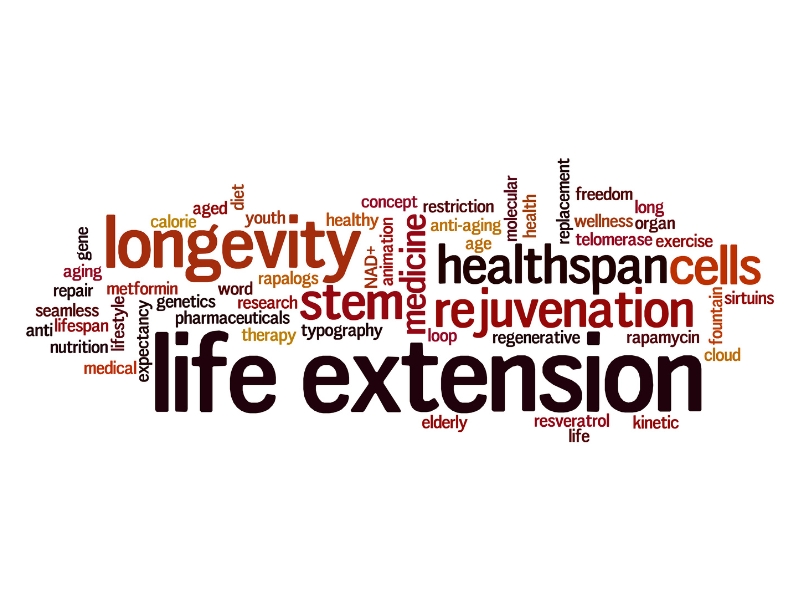
Judicious use of selenium and coenzyme Q10 can keep the Grim Reaper at bay.
Up to 40% of the deaths in the United States could be delayed until a later time in life (1). Recently, one of my colleagues pointed out to me that the Centers for Disease Control and Prevention have issued a report in which the CDC researchers estimated that deaths in five categories could be postponed until later in life if only people would take some commonsense measures. One of these measures would be taking an absorbable Q10 supplement daily.
Five causes of death
The report focused on five causes of premature death that can be “postponed” if people will follow some commonsense guidelines. The categories of death discussed in the CDC report are heart disease, cancer, chronic lower respiratory diseases, strokes, and unintentional injuries (1).
State-by-state comparisons
The researchers investigated the causes of death, up to the age of 80, state by state, in the United States for the period 2008 – 2010. The state-by-state comparisons showed that approximately 900,000 deaths a year could be delayed if all states could achieve the same death rates in the above five categories as the death rates in the states with the lowest rates.
These figures translate into couples’ being able to be together longer and grandparents’ being able to enjoy time with their children and grandchildren longer. Let’s face it. All of us want to live healthy as long as we possibly can.
Common sense
Many of the preventable premature deaths are obvious such as deaths caused by not wearing a seat belt and deaths caused by not wearing a helmet while riding a bike. Other bits of common sense involve the following measures:
- cutting back on sugar consumption
- avoiding high fructose corn syrup altogether
- losing weight
- reducing alcohol consumption
- not smoking
- exercising regularly
- adding fiber to our diets
- restricting our grocery shopping to the aisles around the outer edges of the supermarket.
30% of preventable deaths caused by heart disease
Interestingly, fully 30% of the preventable deaths occurred in the category of heart disease, and that is where we can see the connection to Coenzyme Q10 and selenium.
Q10 and selenium and heart disease
We know from the Q-Symbio clinical trial that augmenting the diet with absorbable oil-based Q10 capsules can lead to a statistically significant reduction in cardiovascular deaths and all-cause deaths (2).
Ki-Sel-10 study
Moreover, we know from the KiSel10 clinical trial that we can reduce cardiovascular deaths significantly by taking a daily organic selenium tablet (200 micrograms) and daily Q10 capsules (two 100 milligram capsules with meals) (3).
Q10 as adjuvant therapy
These clinical trials show that using an adjuvant Q10 therapy for chronic heart failure patients and adding selenium and Q10 to the diet of healthy elderly individuals can reduce the need for hospitalization and treatment, thereby reducing the extent of the debilitating effects of heart disease.
Live longer and be healthier. If we can, we all want to die as young as possible as late in life as possible, isn’t that right?
Sources:
- Centers for Disease Control and Prevention. Potentially Preventable Deaths from the Five Leading Causes of Death – United States, 2008 – 2010. 2014 ( May 2), 63(17):369-374.
- Mortensen SA, Rosenfeldt F, Kumar A, et al. The Effect of Coenzyme Q10 on Morbidity and Mortality in Chronic Heart Failure: Results From Q-SYMBIO: A Randomized Double-Blind Trial. JCHF. 2014;():. doi:10.1016/j.jchf.2014.06.008.
- Alehagen, U., Johansson, P., Björnstedt, M., Rosén, A., & Dahlström, U. (2013). Cardiovascular mortality and N-terminal-proBNP reduced after combined selenium and coenzyme Q10 supplementation: a 5-year prospective randomized double-blind placebo-controlled trial among elderly Swedish citizens. International Journal Of Cardiology, 167(5), 1860-1866. doi:10.1016/j.ijcard.2012.04.156









Leave A Comment